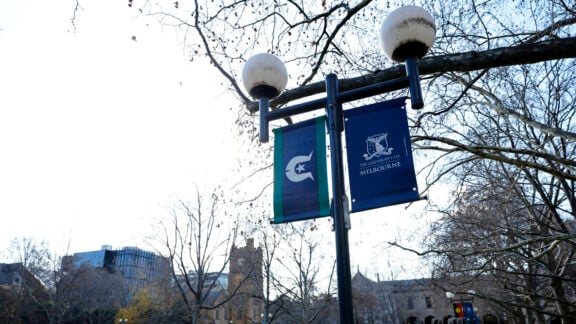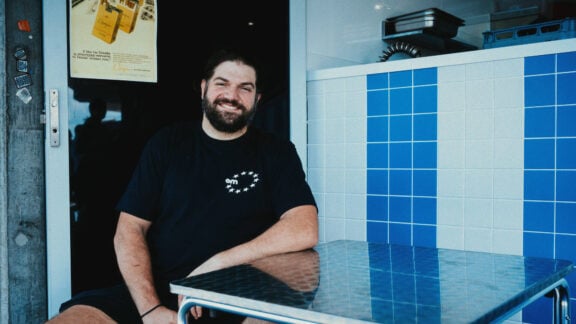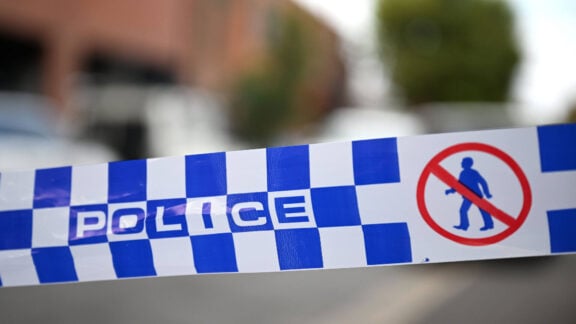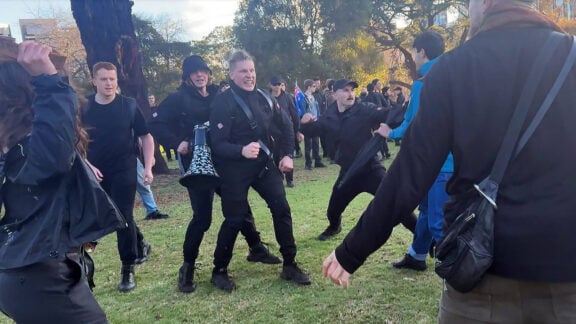Speaking to media today, Home Affairs Minister Karen Andrews said that Australia is not ready to open international borders yet, even though it is what everyone wants.
The Federal Government’s security committee will meet on Monday to discuss the plan of reopening Australia to tourists within two or three weeks.
“We don’t have all of the information that we need to be able to take the decision to open, but we are very close,” Ms Andrews told ABC’s Insiders program on Sunday.
“We are going through the process of preparing to open, and we will continue to talk to the health professionals.
“So as soon as they say yes, we will work with the states and territories and we will reopen our international borders to tourists.”
Australia recorded 36 COVID-related deaths today, 28 in New South Wales, six in Victoria and two in South Australia.
- There are 7,893 new COVID-19 cases in NSW and 2,321 people in hospital. Of those patients, 147 are in ICU.
- Victoria reported 7,169 new infections, while he number of people in hospital after contracting the virus sits at 652, down from 687 a day earlier. Of those patients, 73 are in intensive care units, with 28 people on ventilators.
- South Australia has recorded another two COVID-linked deaths in the latest reporting period — both women aged in their 80s. There are now 218 COVID patients in SA hospitals, including 16 in intensive care; four people requiring a ventilator. The number of new cases is 1,289.
Overseas, the Seattle based International Institute of Health Metrics and Evaluation estimates between 80 to 90 per cent of Omicron cases globally are asymptomatic or with very mild symptoms, based on data from South Africa and the United States.
While there is no way to know the exact number of unrecorded cases for certain, epidemiologist Tony Blakely from the Melbourne School of Population and Global Health said that for every person that tests positive, another four infections aren’t included in the statistics.
“The case numbers, they’re a big underestimate,” Mr Blakely said.
“That’s for several reasons: one, surveillance systems fell over; two, people with mild symptoms just shrug their shoulders and say ‘I can’t be bothered’ and don’t notify; and three, asymptomatic people, unless they’re a close contact, they have no reason to test and aren’t going to be found.”








